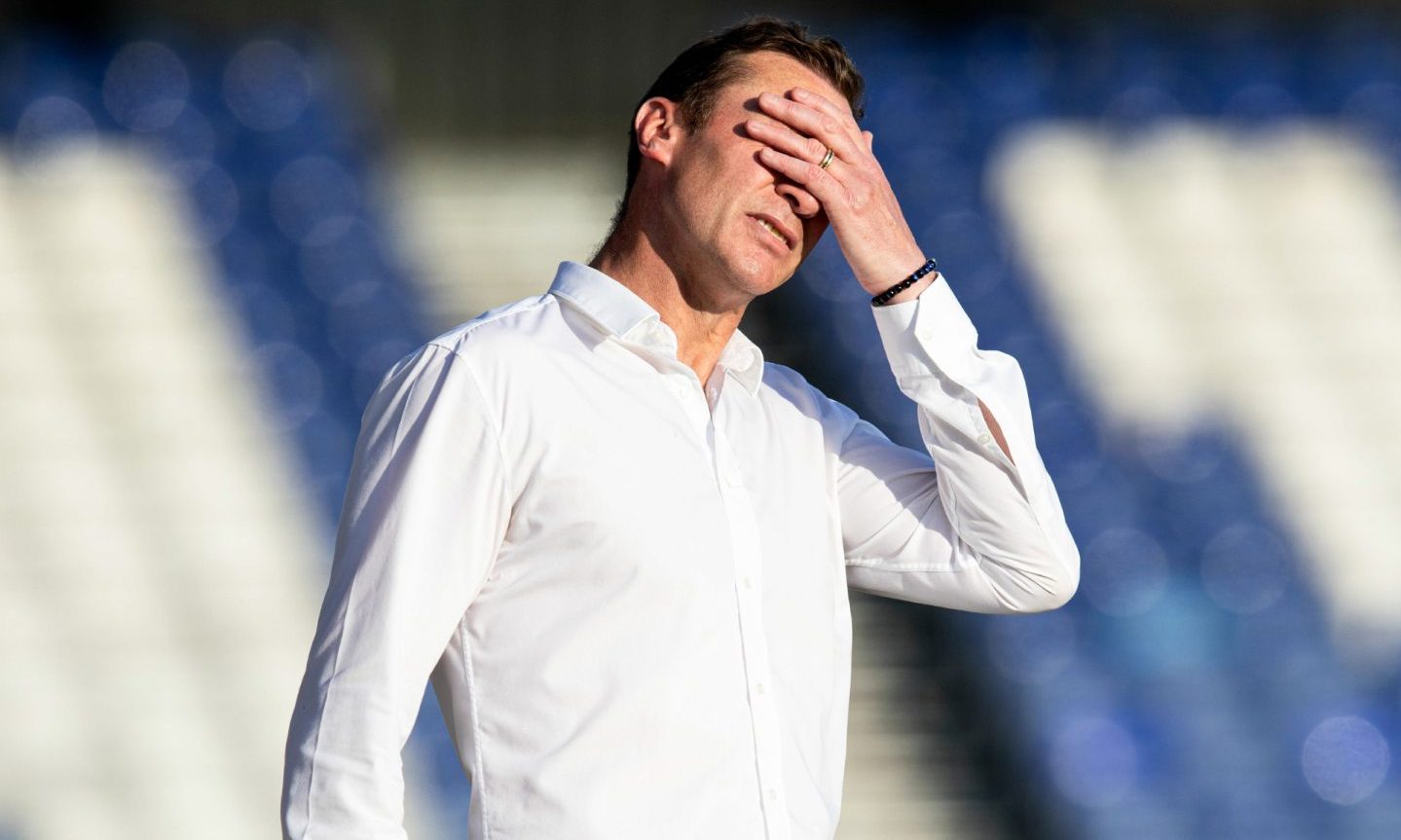Almost exactly two years ago, upon learning that Inverness Caledonian Thistle (ICT) FC was looking for new directors, I emailed the club with my CV, offering my services.
In my head, I prepared for a meeting at the Caledonian Stadium, at which I would make my pitch as an Inverness boy, a lifelong fan, a communications expert, and an investor. I would offer them around £475,000 in cash as a long-term, interest-free loan, to do with as they saw fit. I did not receive a reply.
Now, I see the club, in deep crisis, is looking for investment. I bought holiday homes in the Highlands with that cash instead, and the rent makes me money instead of ICT. I fear that my injection would be welcomed today, as – clearly – would a communications expert, while the thorny issue of the Kelty move trundles into a public relations disaster.
Having scratched the itch of wanting to be a sports reporter early in my career, a working knowledge of football was actually a huge benefit to me as a news reporter. I would occasionally be despatched hither and thither to work on sports stories, other than those related to the groin strains and the merits or otherwise of the 5-3-2 formation.
You should have seen the look on many football managers’ faces when I turned up to meet them in the three-piece suit they’d seen me wearing on the TV news the night before while outside the High Court.
One of my regular missions was to interview then Kilmarnock manager Jim Jefferies at the club’s training facilities, which belonged to the University of Glasgow and were situated in the north of the city. Once we’d got the dreary business of his injury-depleted squad and the formation and system he’d deploy on Saturday out of the way, we got chatting.

He was amiable enough, but I wouldn’t have wanted him on my team in a pub quiz. When I asked him why Kilmarnock didn’t train in Kilmarnock, he said that the bulk of his players lived in Bearsden and Milngavie and, even though Rugby Park was only half an hour down the M77, it was easier for everyone, himself included, to train in Glasgow.
I was perplexed. I always thought provincial Scottish football clubs had to be part and parcel of their local communities. He dismissed that notion as old-fashioned in the modern game, and informed me that Stranraer Athletic and Dumfries-based Queen of the South did the same for reasons of expediency. Which dribbles me neatly round the cones to the ICT imbroglio.
We will only get back up if we attract players from the Central Belt
Judging by what I have seen on social and mainstream media, my voice is all but a lone one. We as a club are struggling financially; we have been relegated from Scottish football’s second tier to the third after a season which could politely be described as challenging.
To get out of this league and back into the running for a tilt at the big time has seen the board announce radical plans. They want investment, the manager is taking a pay cut (and I should think so too), and they want to do a Stranraer by training more than 100 miles from home.
I would not have chosen Kelty, but that is a contretemps for another communications consultant on another day. The best players in Scotland live in Glasgow, Edinburgh and Dundee, so I would have picked Stirling or Falkirk, allowing them to train there every day and be home for afternoon tea.
We will only get back up if we attract players who do not have to leave their homes and families in the Central Belt to live in Inverness and travel the ghastly A9 repeatedly to see their loved ones. That is a bridge too far for too many.
“But Ross County manage it!” is a cri de coeur I have heard many times this week. Yes, they do, but they have a multimillionaire owner who can pay the wages that ensure geography doesn’t matter to players.
I find it hard to understand why anyone wouldn’t want to live in my hometown and play for its club, but we are all different.
I want ICT to play in the Premier League; where it trains is irrelevant.
Mike Edwards OBE was the face of the evening news on STV for more than 25 years and is a published author, a charity trustee and a serving Army Reservist


Conversation